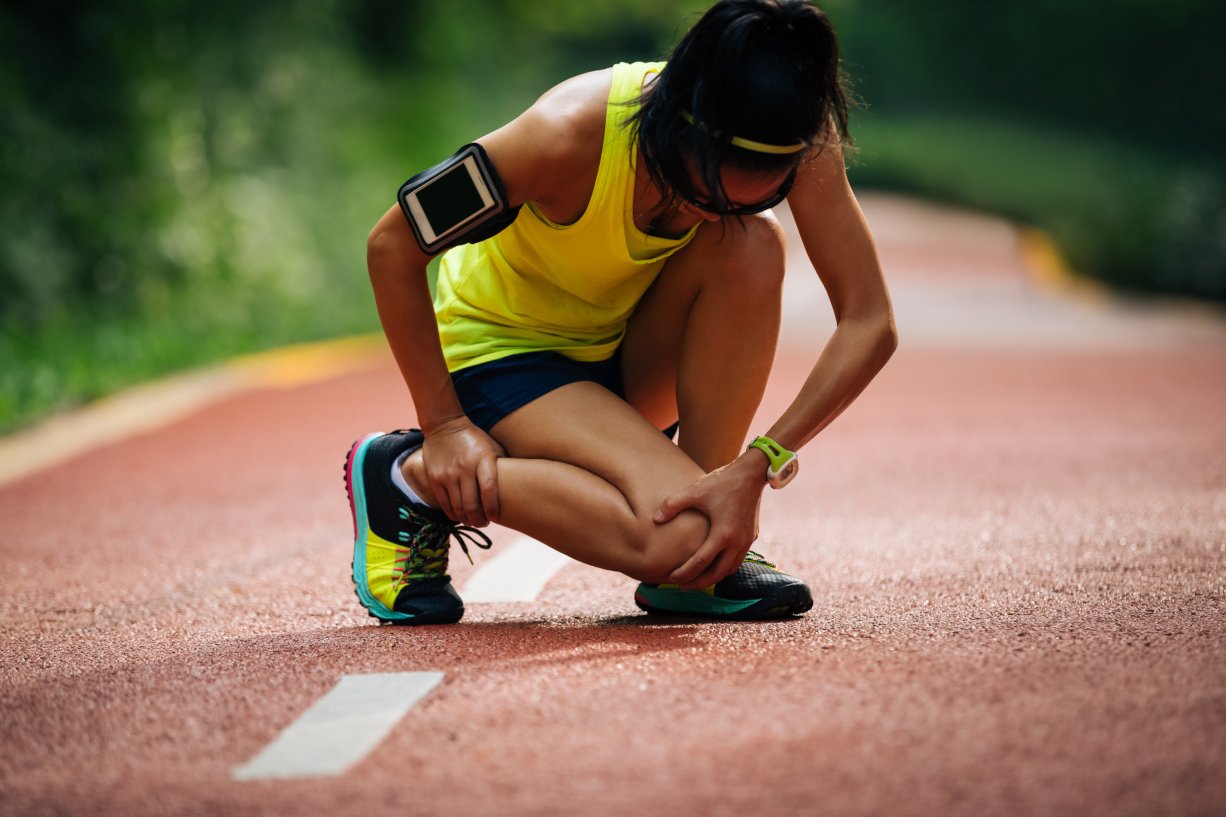
The Best Kalarimarma Therapy

How can Ayurveda—a medical system that’s more than 5,000 years old—contribute anything of value to sports medicine, a discipline that didn’t emerge as a medical specialty until the late twentieth century?
As it turns out, Ayurveda’s holistic approach to musculoskeletal imbalances serves as an excellent complement to conventional sports medicine, for both rehabilitation, and, perhaps even more important, prevention of sports injuries. Like the Ayurvedic healers of old, today’s sports medicine professionals recognize that sports injuries and athletic performance involve not just bones and muscles but, rather, the whole person. Their increasing reliance on the services of dietitians, psychologists, trainers, and body workers to complement or minimize surgical, pharmaceutical, and other conventional medical interventions reflects what Ayurvedic practitioners have always known: Many diverse factors—from the patient’s genetic endowment and state of training and nutrition to his her age, mental stability, environmental stresses, and economic circumstances—determine how successfully that patient recovers from an athletic injury. Ayurveda offers comprehensive and detailed studies of these factors and provides specific advice on how to optimize wellness in each area.
According to Ayurveda diseases occur in the body due to two factors one is nija (within the body), the other is aganthu (external factors). Sports injuries mainly occur due to sudden impact or due to continuous wear and tear. When an injury occurs due to sudden impact, the body responds to that condition, which leads to immobility and other inflammatory responses, It’s a protective mechanism of body.due to excessive body activity strained muscles, ligaments and tendons can get injured excess of toxin can accumulate in individual organ systems and can lower both mental and physical sharpness.

Ayurvedic Management helps in
Internal Medicines:
Specific formulations are available with us mainly Sushrutha and ashtanga hridaya which are very effective in handling soft tissues injuries, their clinical efficacy can be seen within a week of treatment.
External Therapies:
External types of treatments include upanaha, lepanas, and massages with or without essential oils, njavara kizhi, elakizhi and many more. Bandage or Bandhana is one of the main procedures while handling sports injuries. Bandages come with different types and we practice nearly all types of bandages mentioned in classics and it allows the joint immobility and stability which must be given prime importance when considering sports medicine.
Varma Chikista:
These main procedures from classics increases joint function and mobility along with pain management in minimum time.
Anusastras:
These include mainly agnikarma and sporadically rakthamoksha and are very effective in almost all joint involved cases.
Physiotherapy:
Physiotherapy along with some ayurvedic management increases the success rate in almost all cases.
Through our experience and clinical statistics, it is clear that management of sports medicine in many cases involving musculoskeletal system, ayurvedic management is highly effective when compared to other systems that are without surgery.